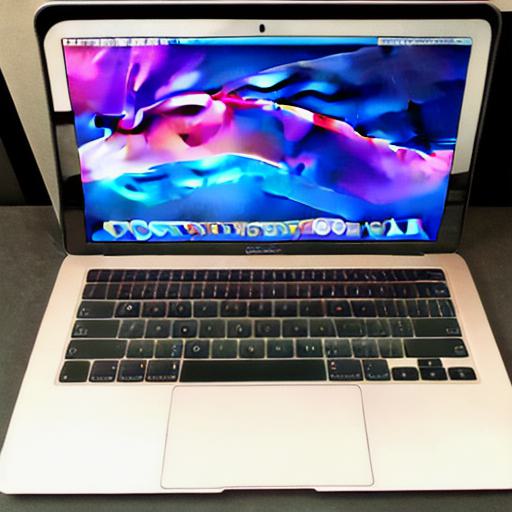Introduction

If you’re a web developer considering a foray into game development or looking to expand your skill set, you might be wondering if a MacBook is a suitable choice for Unity development.
The answer is an emphatic "yes!"
In this comprehensive guide, we’ll explore why a MacBook is an excellent option for Unity development and provide practical tips for setting up your development environment.
Why Choose Unity on a MacBook?
- Versatility: Unity is a cross-platform game engine, meaning you can build games for multiple platforms, including desktop, mobile, VR, AR, and the web using the same engine. As a web developer, having a versatile tool in your arsenal is essential to stay competitive.
- Performance: MacBooks are known for their powerful processors, high-resolution displays, and large amounts of memory, which make them ideal for handling Unity’s complex projects and real-time rendering.
- Ecosystem: Apple provides excellent support for game development on macOS, with tools like Xcode for integrating Unity games into web applications, and macOS being the primary operating system for iOS and iPadOS development.
- Community: Unity’s large and supportive community offers a wealth of resources, tutorials, and templates to help you get started with your projects.

Setting Up Your Development Environment
- Install Unity: Download the latest version of Unity from their website and follow the installation instructions. Make sure to select the "WebGL Support" option during installation.
- Install Visual Studio Code: Microsoft’s open-source code editor, Visual Studio Code, is an excellent choice for editing your Unity scripts, as it offers features like IntelliSense, debugging, and version control integrations.
- Configure Your Project: Create a new project in Unity and configure the settings to work with WebGL. You’ll need to create a build pipeline that exports your game as a web application, which can be done using Unity’s built-in WebGL Player or an external web server like Apache or Nginx.
- Set Up Version Control: Use version control systems like Git or Mercurial to manage and collaborate on your projects with your team. This is especially important when working on larger projects, as it allows you to easily revert to previous versions of the codebase if needed.
Conclusion
In conclusion, a MacBook is an excellent choice for Unity development, offering powerful performance, versatility, and a supportive ecosystem. By following the steps outlined above, you’ll be able to set up your development environment and start building Unity games for the web in no time! Remember that the journey of game development is as exciting as reaching the destination itself, so enjoy the process and embrace the challenges that come your way.
